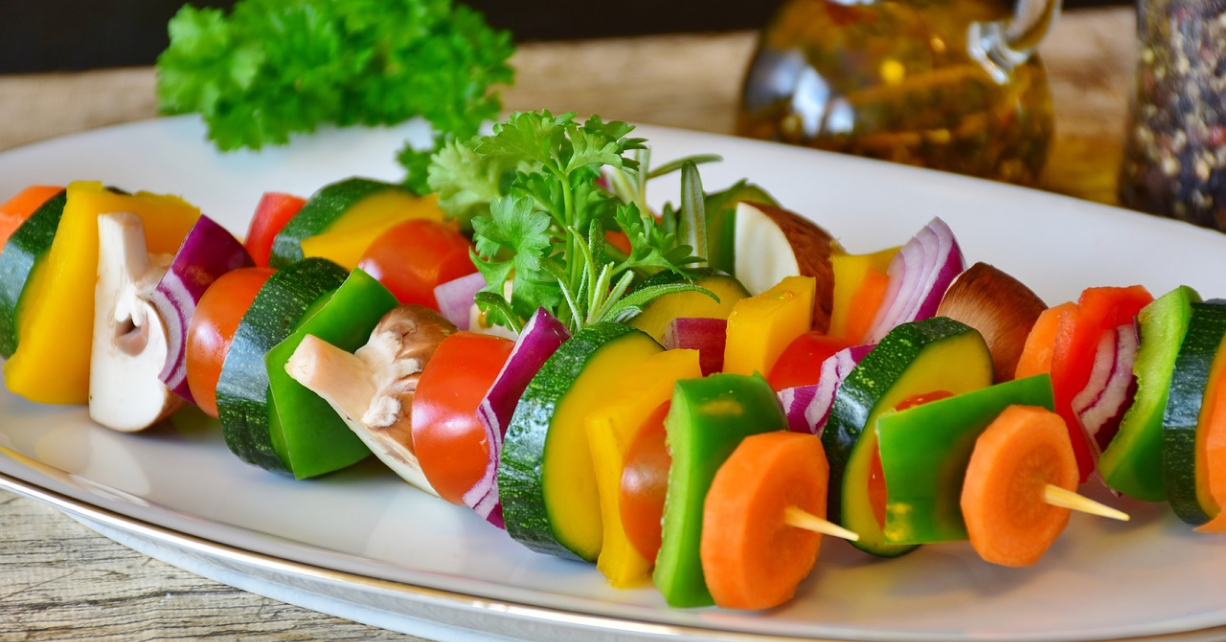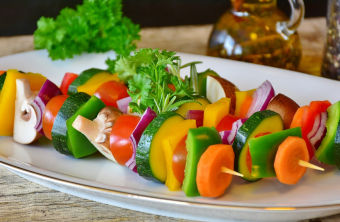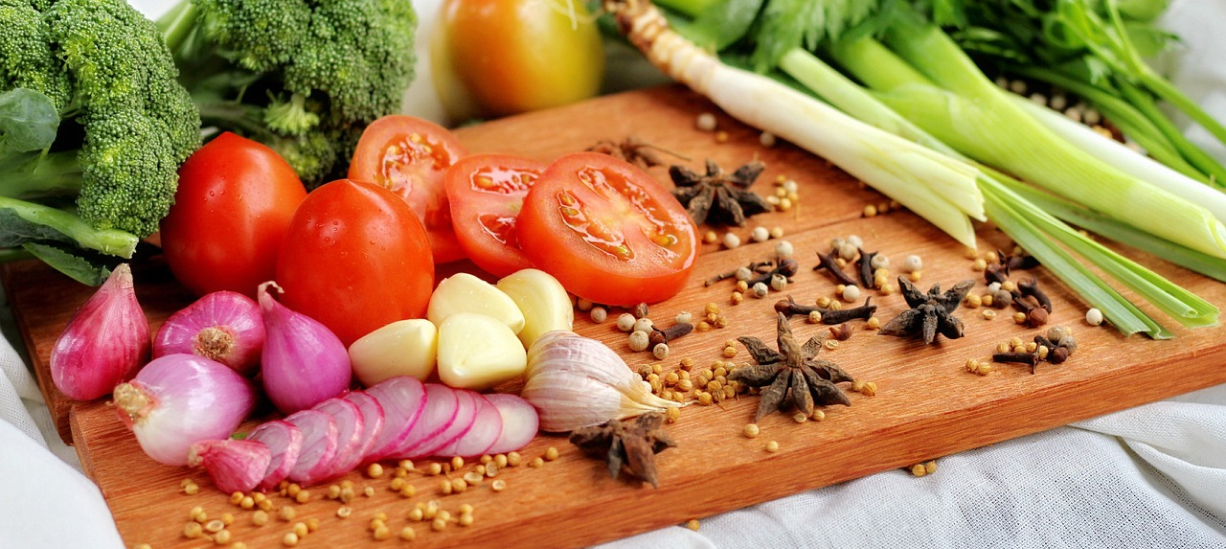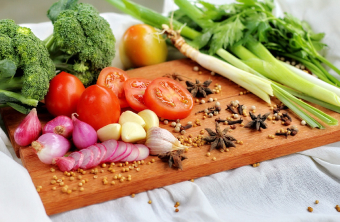

In a world dominated by processed foods and industrial agriculture, the farm-to-table movement stands as a beacon of sustainability, flavour, and connection to the land. By embracing seasonal ingredients sourced directly from local farms and producers, we not only support our communities but also enjoy the freshest, most vibrant flavours nature has to offer. In this blog post, we’ll explore the principles of farm-to-table cooking and share tips for incorporating seasonal ingredients into your kitchen repertoire.
Why Seasonal Ingredients Matter:
Tips for Identifying Seasonal Ingredients:
Creating Seasonal Meal Plans:
Balancing Nutritional Needs:


Preserving the Harvest:
Highlighting Seasonal Flavors:
Embracing seasonal ingredients in your kitchen is not only a celebration of nature’s bounty but also a commitment to supporting local agriculture and sustainable food systems. By incorporating farm-fresh produce into your meals, you’ll not only enjoy delicious and nutritious dishes but also contribute to the health of your community and the planet. So let the seasons guide your culinary adventures, and savor the flavours of each harvest with every bite!